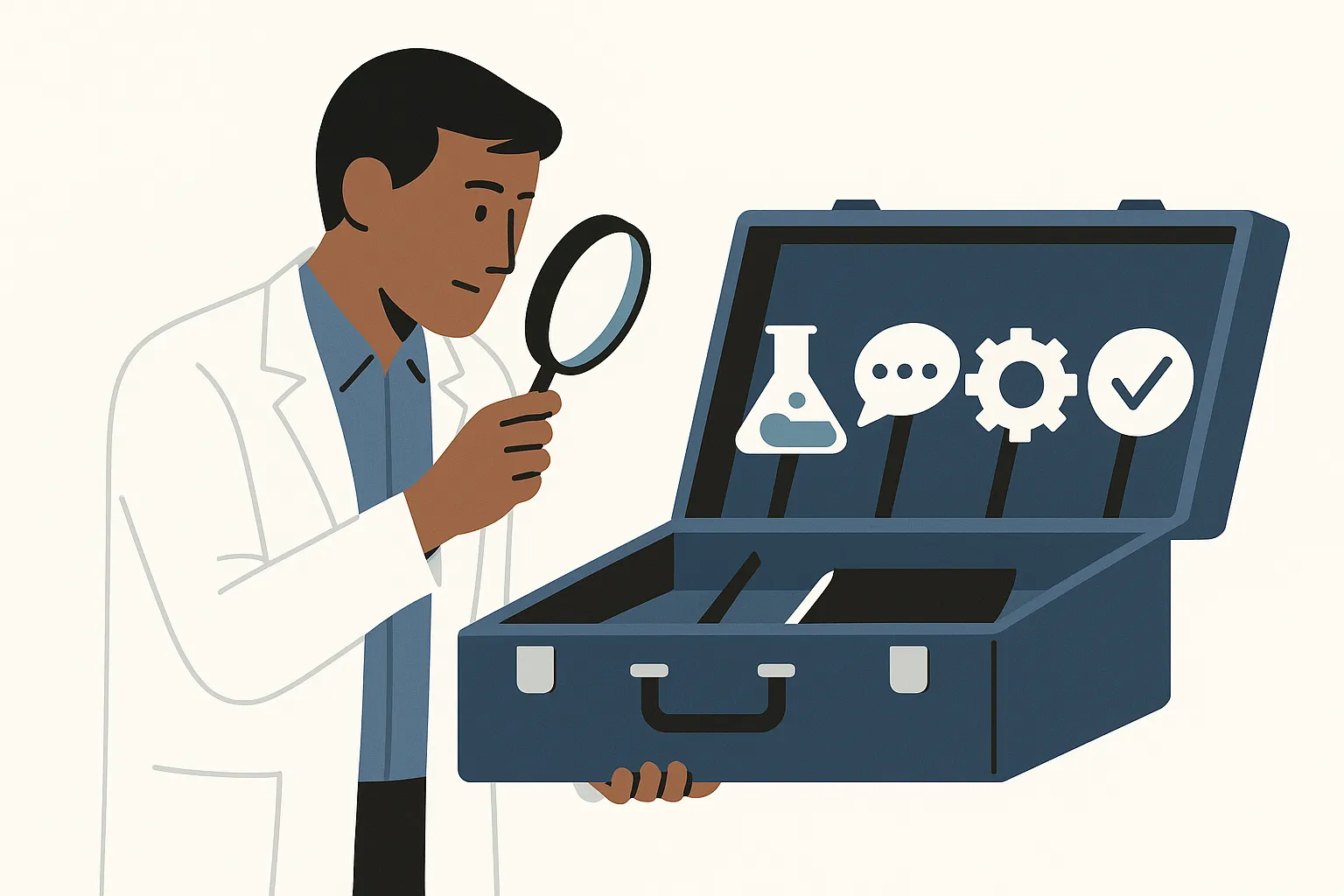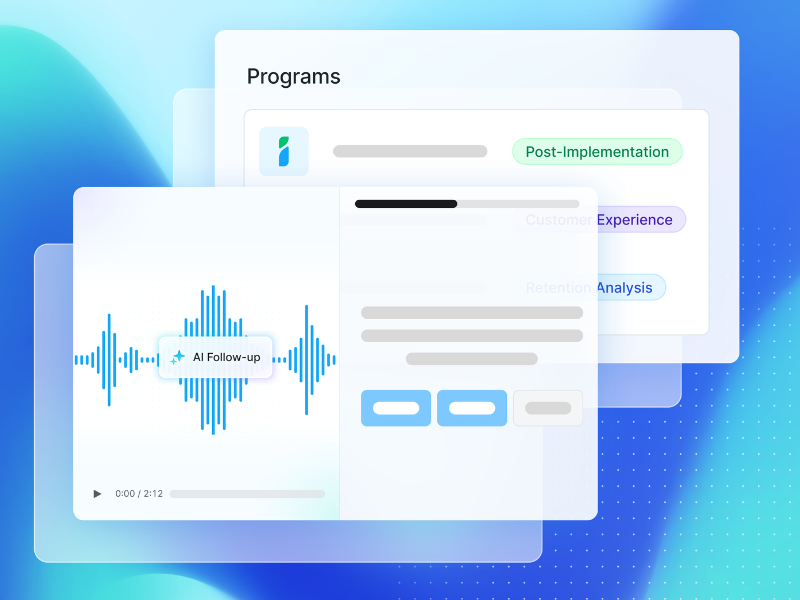
Not all win-loss analysis programs are created equal.
In fact, oftentimes programs are set up to (inadvertently) only get you partial information or half-truths. For example, only taking data from your CRM and analyzing that won’t give you the complete picture as to why you won or lost a deal. Or, interviewing the sales rep will only get you their interpretation of why the deal closed the way it did. While those are helpful pieces of a complete win-loss analysis program, they’re just that: pieces. And pieces of the puzzle won’t give you a holistic view of what you need to know.
Paul Young, an instructor at Pragmatic Institute, gives five tips on how to make your win-loss analysis program successful and how to get you the most holistic, complete picture.
Tip #1: Partner With Sales
The purpose of win-loss analysis isn’t to give sales a report card on how they’re doing, so it’s important that they don’t feel that way. There are many reasons we can win or lose deals and as you would imagine, many of them have nothing to do with sales.
Sales is instrumental in ensuring a successful win-loss program and they need to be aware of that and feel as though they are partners in the program. They can help plant a seed with the buyer that you’ll be following up with them after the buying process to see where things went right or wrong. Knowing beforehand that they may be interviewed about the buying process can increase participation rates.
Lastly, sales needs to know they’re not alone in the win-loss analysis process. Sales are often asked to fill in the reason of why the deal was won or lost and many times, they don’t fully know—or buyers lie to avoid further conversations or hurting feelings. Hiring a neutral third party can be hugely instrumental in getting honest, unbiased information. And, it can help sales to know that the information coming out of a won or lost deal isn’t solely on them to figure out.
Tip #2: Conduct Your Win-Loss Analysis at the RIGHT Point in Time
Paul talks about evaluators, recent evaluators, and users. When someone is in the evaluation process, they are an evaluator. If they’re at a point in time to be an evaluator, it’s because they recognize that they have a problem they need to solve. That’s when they start shopping. A recent evaluator has already bought the product but hasn’t implemented or started using it yet. Once they start implementing or using the product, they’ve become a user.
You need to conduct your win-loss interviews in what Paul calls the “Goldilocks zone”—the recent evaluators. The feedback you’re looking to get is about the buying process and if you wait too long and they become a user, they’ll give you user feedback—not buyer feedback.
Tip #3: Start With Wins
Sometimes win-loss analysis can be tricky to get started within an organization. If you don’t have an idea of how a good win-loss program should work, some people may put up barriers. The easiest way to get around those barriers is to start your program focusing on the wins. People will celebrate wins, your participation rate will likely be higher with wins, and you’ll get feedback on why you WIN and how to replicate it. Highlighting the good in your company or product or sales team is a great way to get buy-in and remove hesitations.
“Your win is your competitor’s loss.”
- Paul Young
Tip #4: Ask the Right Questions to Map the Buyer’s Journey
It’s important to ask the right questions to inform your understanding of the buyer's journey. In most organizations, the way they sell is mapped to their sales funnel (i.e. a CRM coded by stage—lead, qualified opp, closed, etc.). However, buyers do not think like that. A good win-loss analysis is not about you, it’s about your buyer and how they think. You have to think about the buyer’s journey and what they think about.
Tip #5: Separate the Interview From the Analysis
The interview and the analysis don’t have to be done by the same person or even the same organization. Focus your efforts on what you do best. That may mean hiring a third party to conduct the interview and then your team taking that information and creating the analysis. Or maybe that’s vice-versa. A win-loss analysis program can be time-consuming if you’re doing it all on your own. Don’t be afraid to outsource parts of it so you can focus on your most high-value work.
Clozd can help you create, build, and execute effective win-loss analysis programs. Find out how to get started with win-loss analysis.











.svg)











.svg)

.svg)




